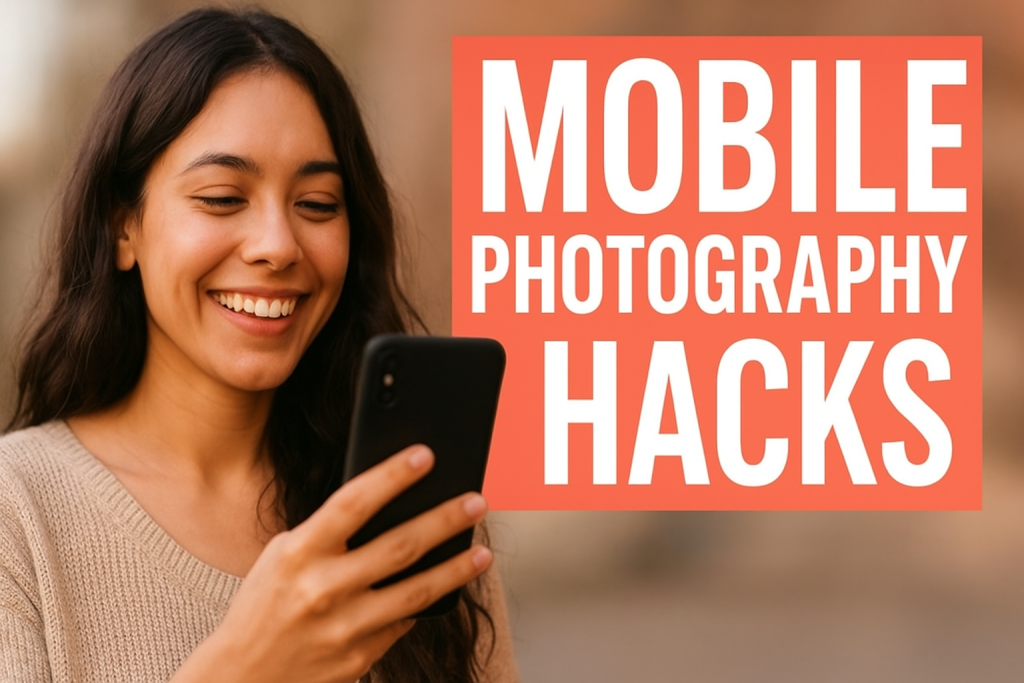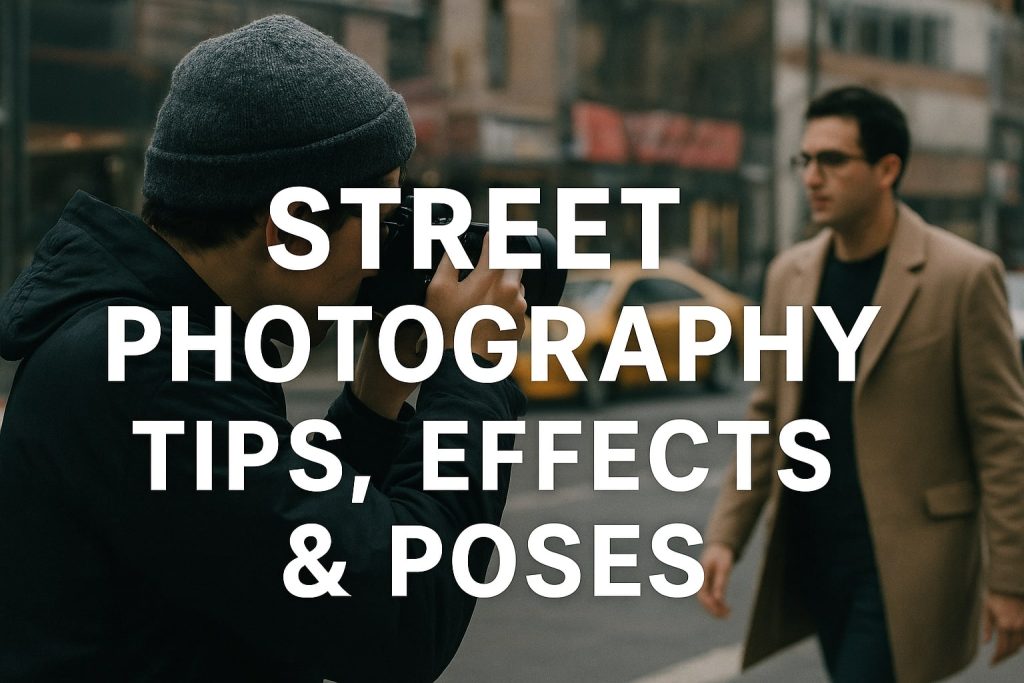The Art of Capturing Rajasthani Turbans in Portrait Photography
Rajasthan’s rich cultural heritage is reflected in its clothing, traditions, and most notably, its turbans. These intricately tied headpieces are not just fashion statements but symbols of identity, pride, and history. For any portrait photographer, capturing these turbans is an opportunity to document tradition, storytelling, and visual artistry in a single frame.
This guide will help photographers understand:
- The significance of Rajasthani turbans.
- The best locations and subjects for capturing authentic portraits.
- Essential photography techniques for depth, texture, and storytelling.
- Ethical and respectful approaches to photographing locals.
- Editing methods that enhance the richness of colors and fabrics.
Whether you’re a professional portrait photographer or an enthusiast looking to explore Rajasthan’s visual culture, this guide will equip you with the tools to create striking and meaningful images.
1. Understanding Rajasthani Turbans: Colors, Styles, and Cultural Significance
Why Are Turbans Important in Rajasthan?
A turban in Rajasthan is more than an accessory—it’s a marker of caste, region, occupation, and even mood. Different communities have distinct styles, and the colors and patterns change with seasons, festivals, and social status.
Types of Rajasthani Turbans Every Portrait Photographer Should Know
- Pagdi – A classic, more structured turban, often worn by elders and royalty.
- Pencha – A simple, everyday headwrap used by farmers and villagers.
- Safas – Brightly colored and often tied elaborately for weddings and festivals.
- Chunari Safa – A turban featuring tie-dye patterns, common in religious ceremonies.
- Mothra – A turban with checkered or dotted prints, symbolizing simplicity and rural identity.
How Turbans Reflect Rajasthan’s Vibrant Culture
Each turban tells a story. The reds and oranges signify celebration, while whites and browns symbolize wisdom and mourning. Knowing these nuances helps photographers compose portraits that capture more than just faces—they document history and emotions.
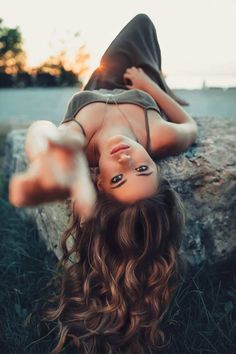
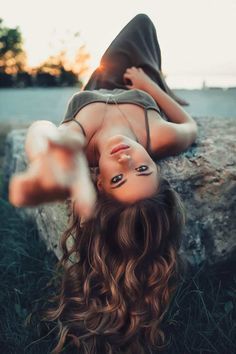
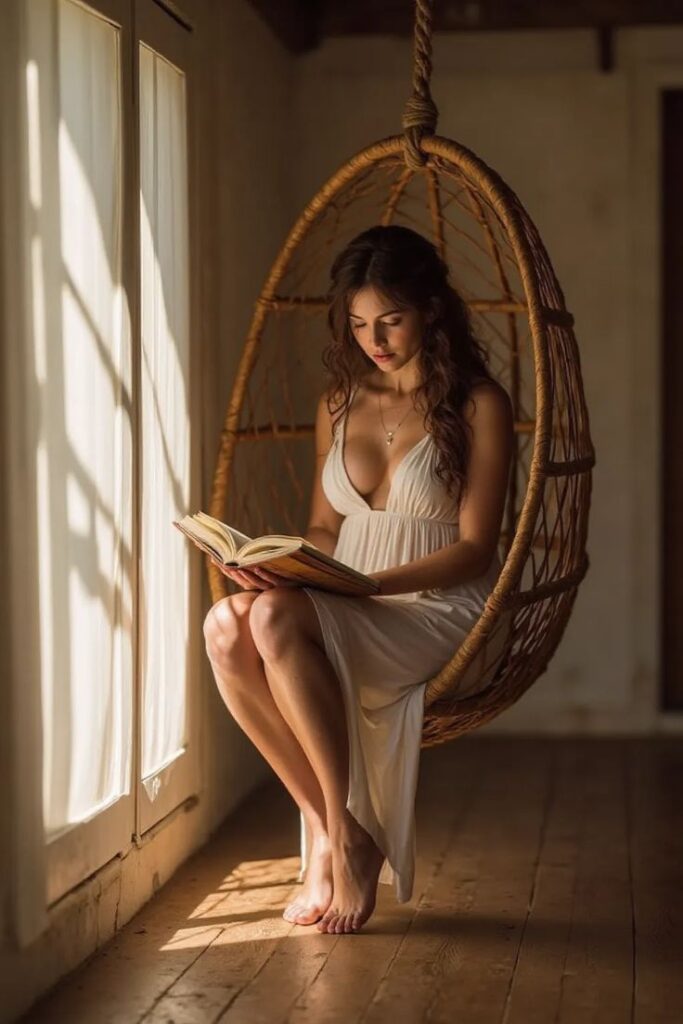

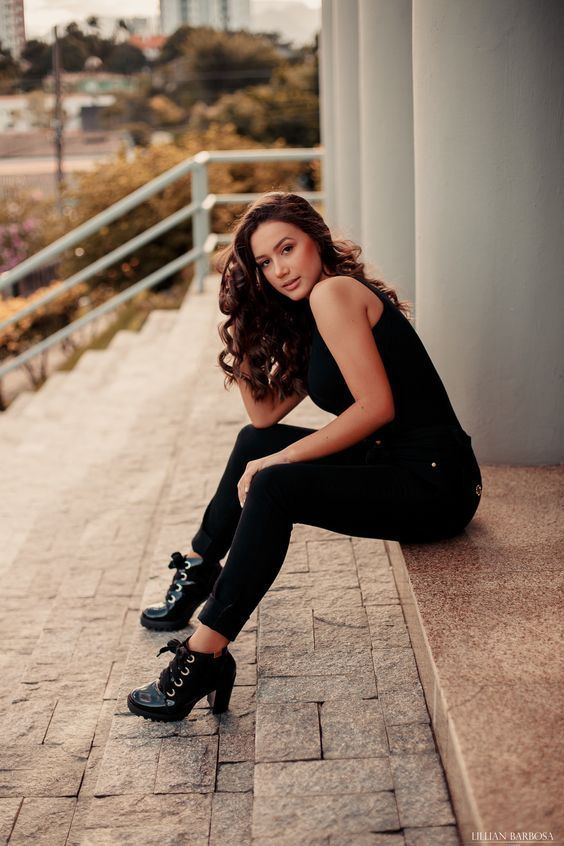
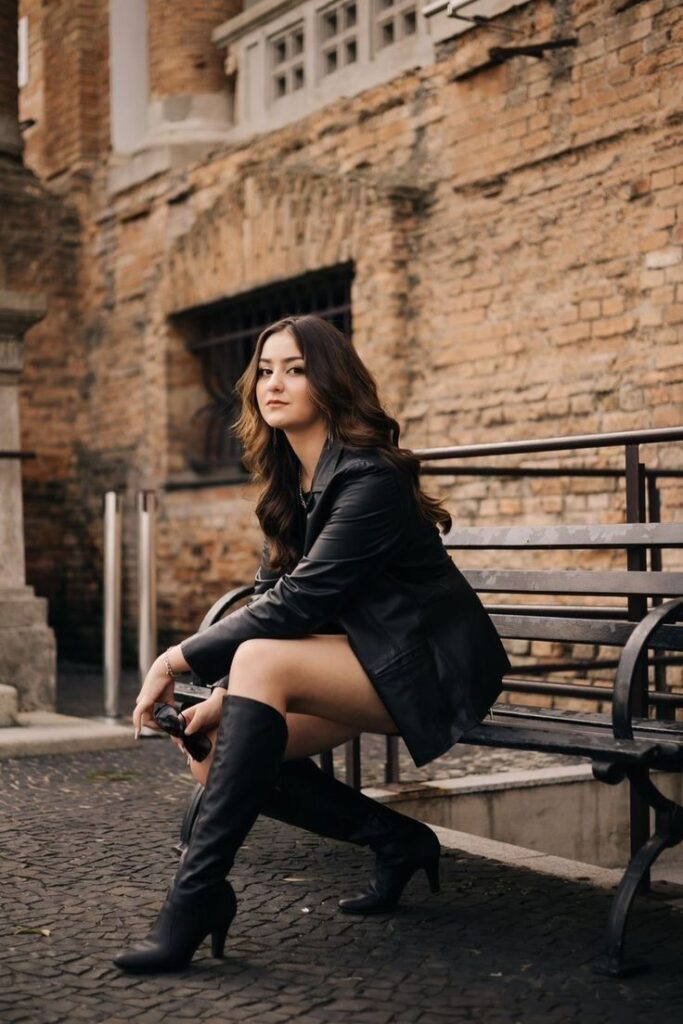

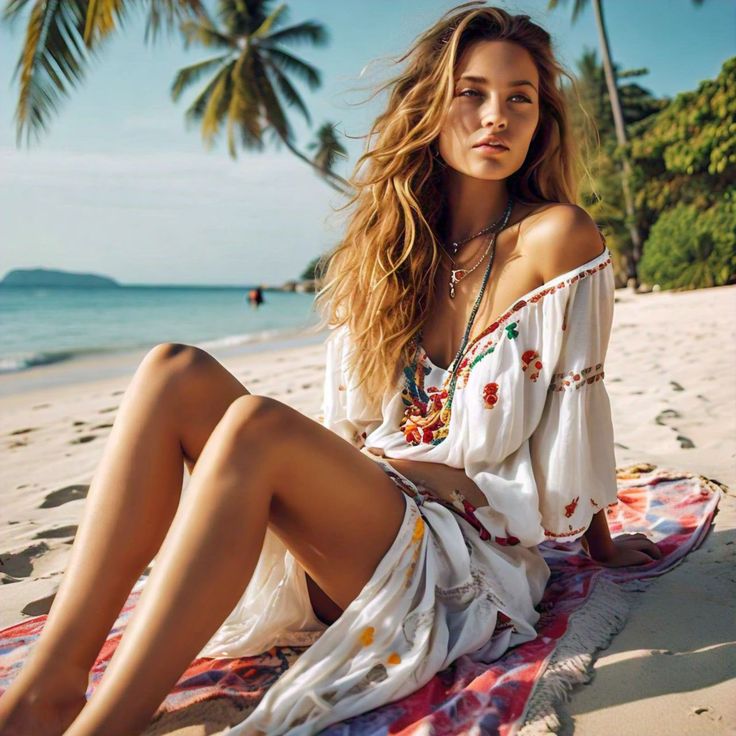
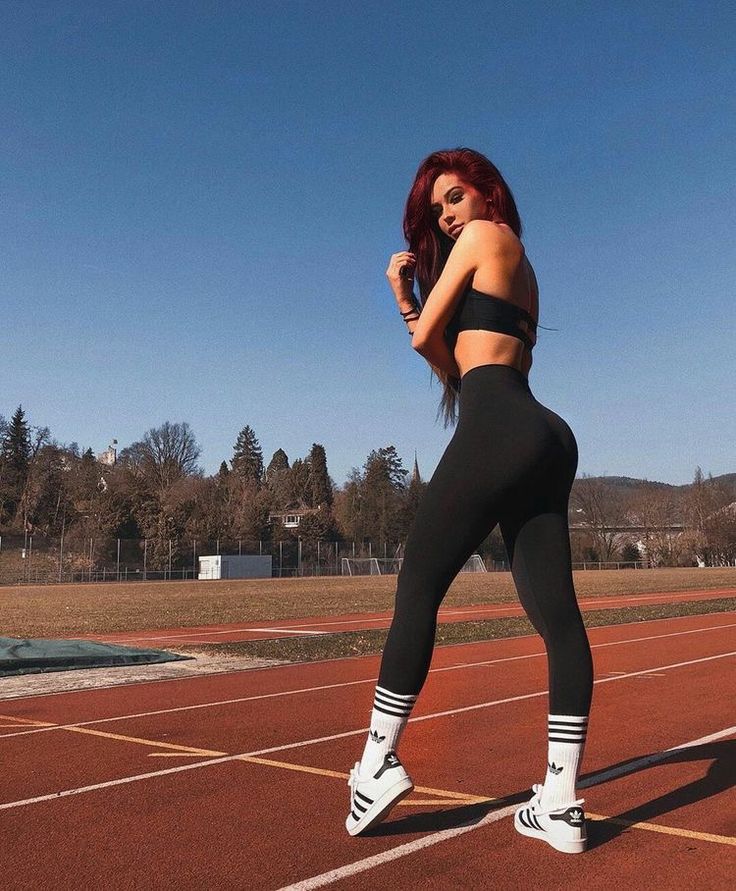
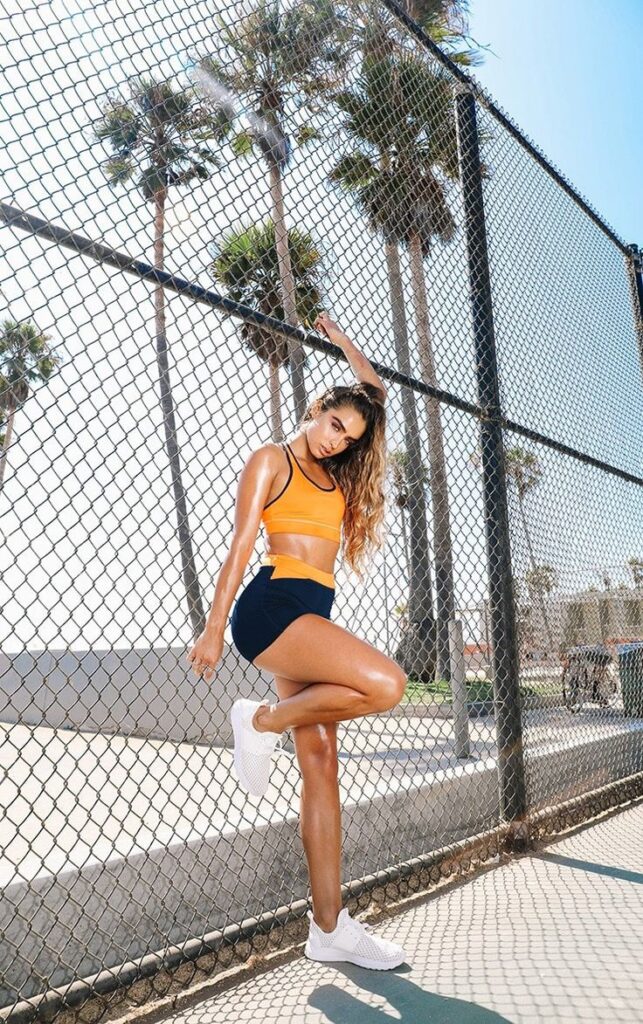
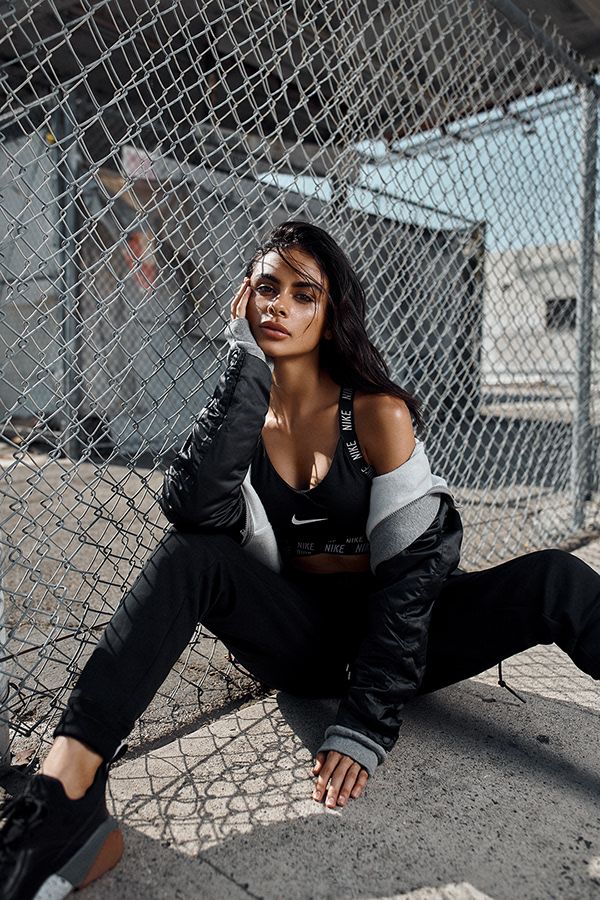



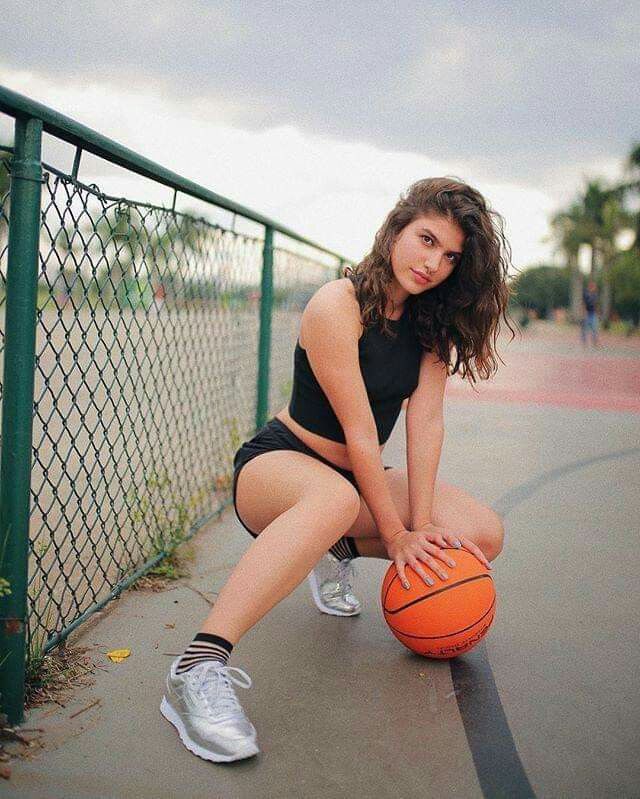


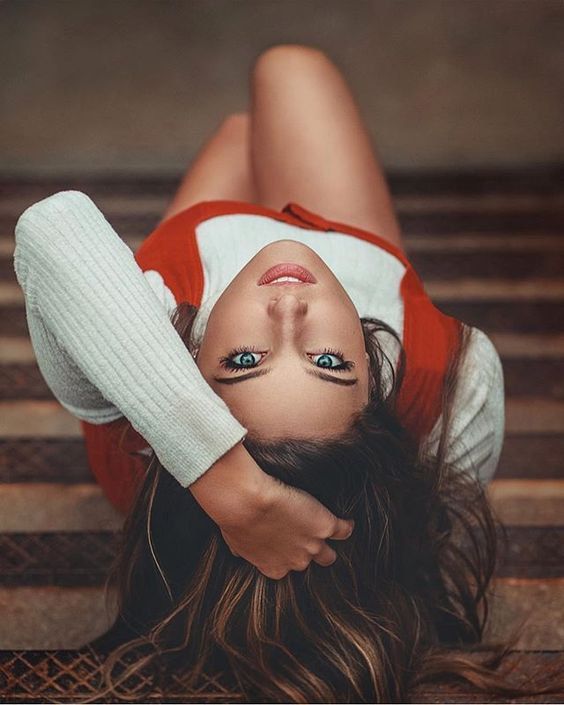
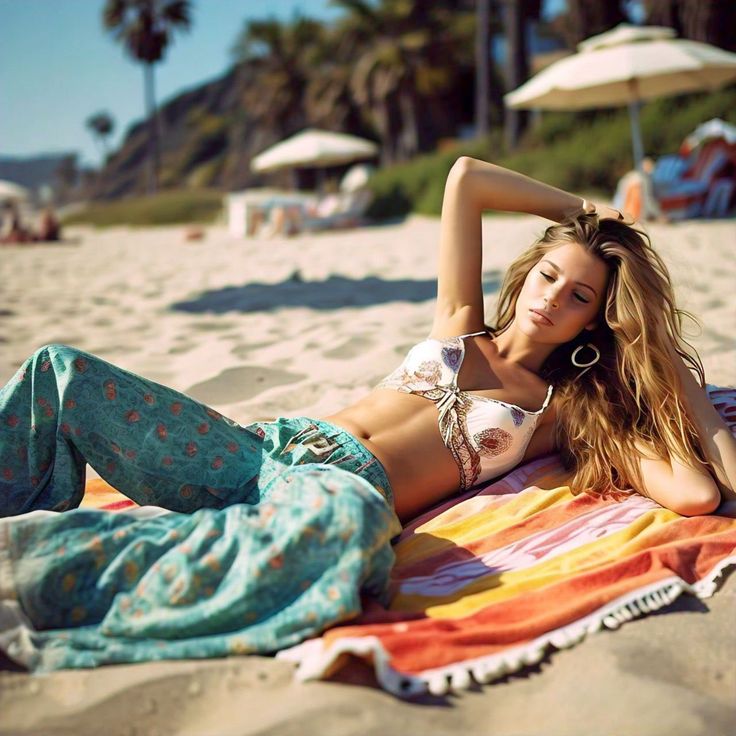
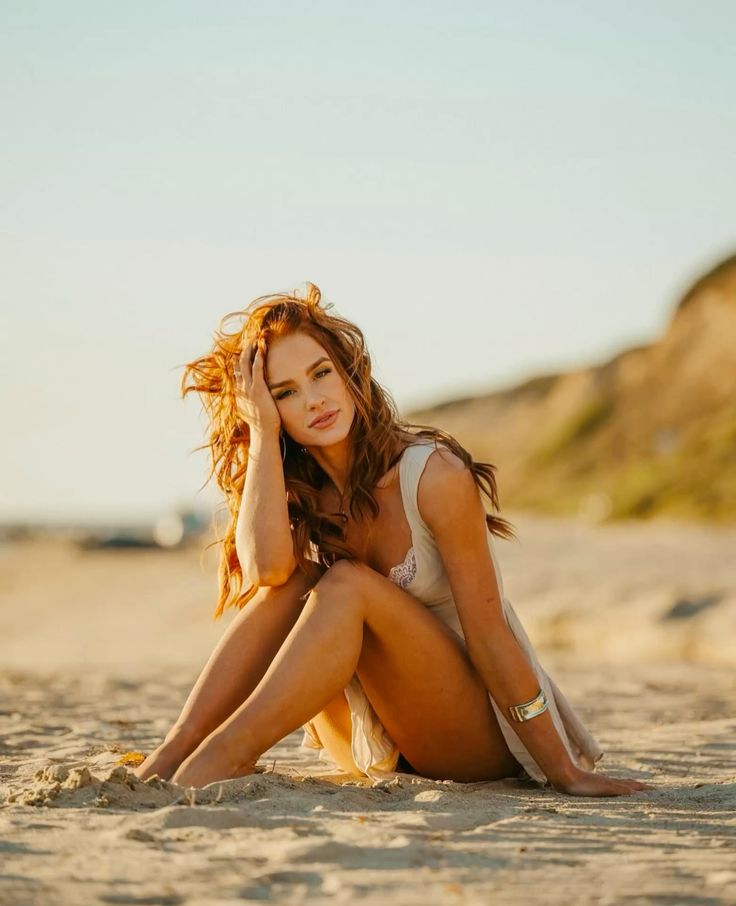
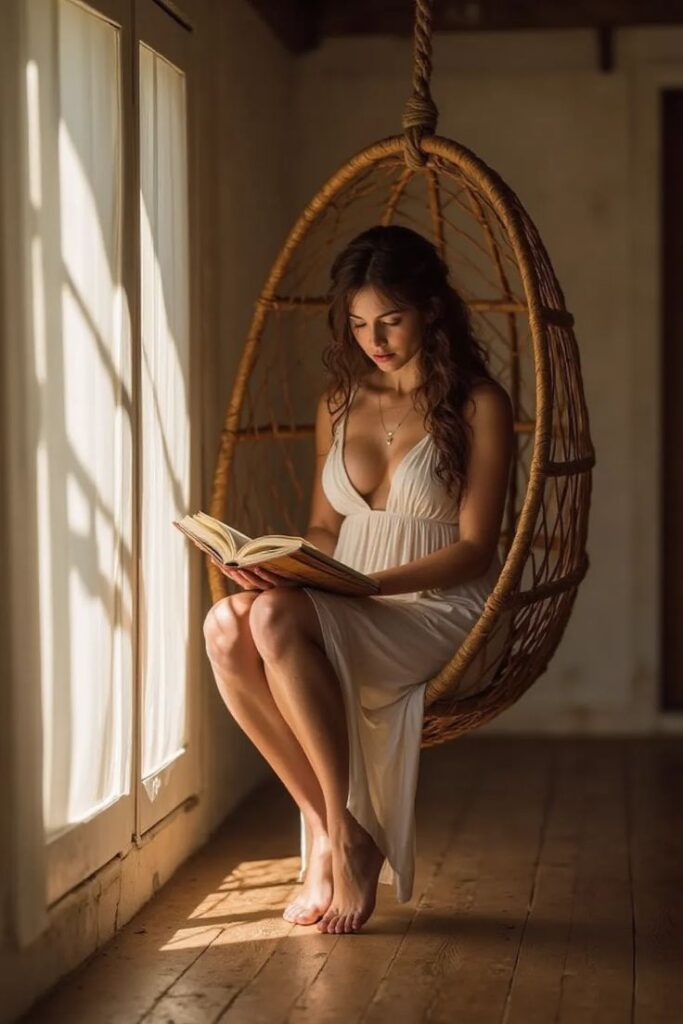
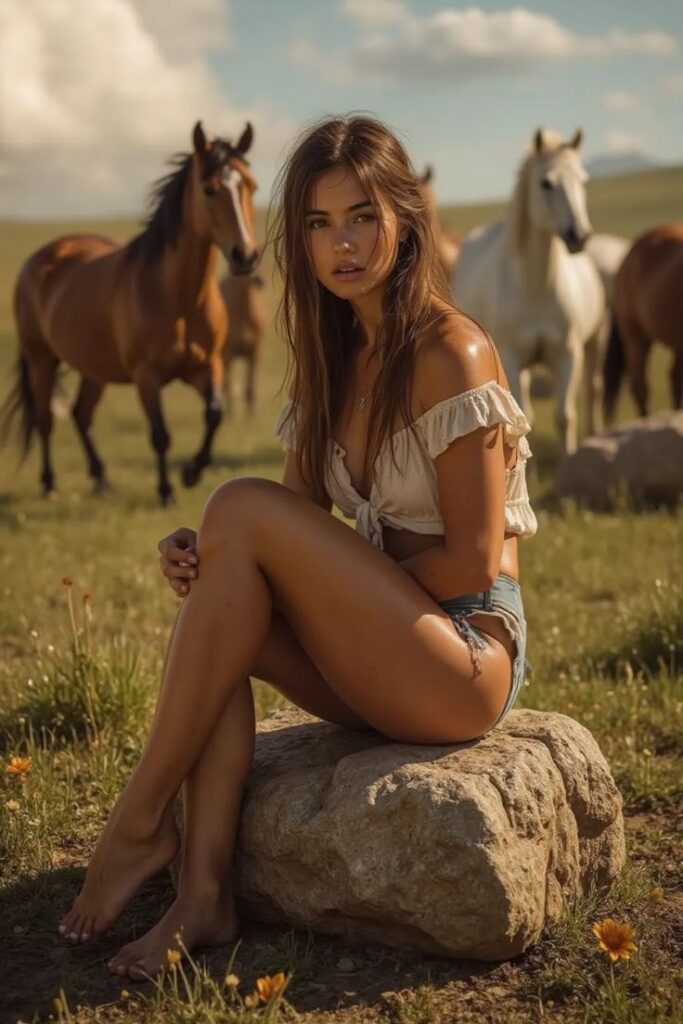
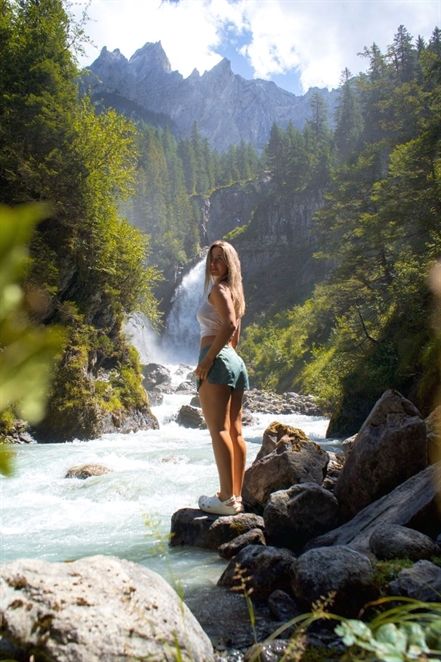


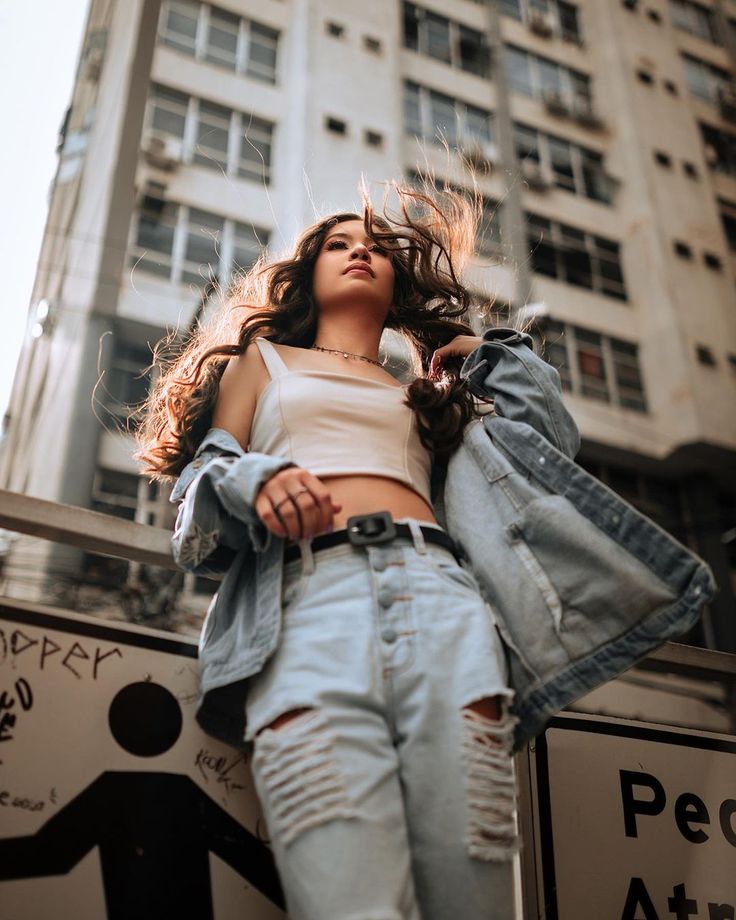

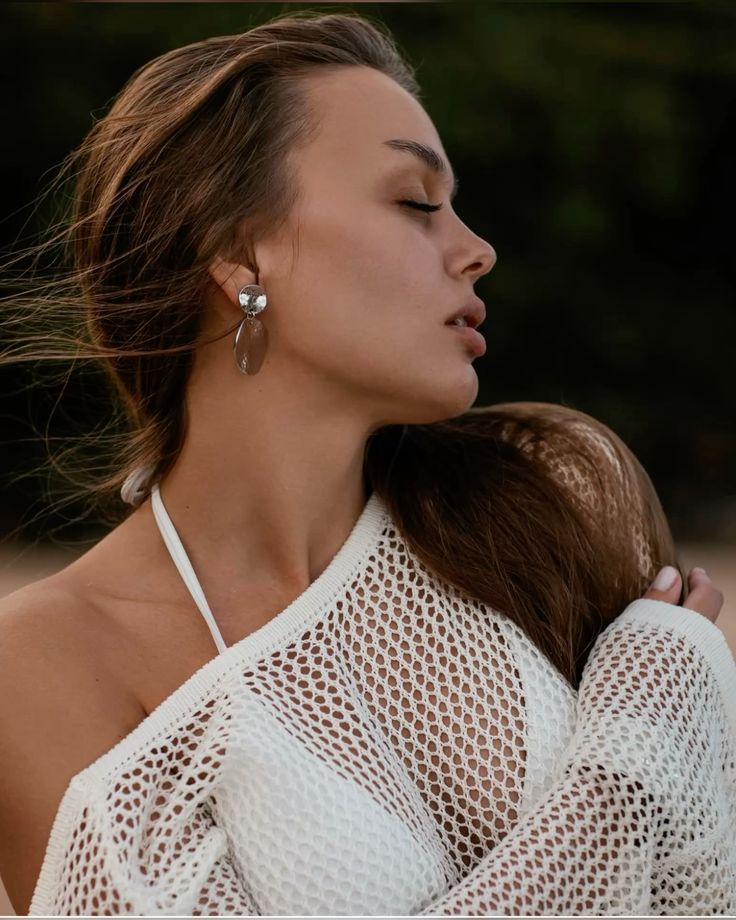
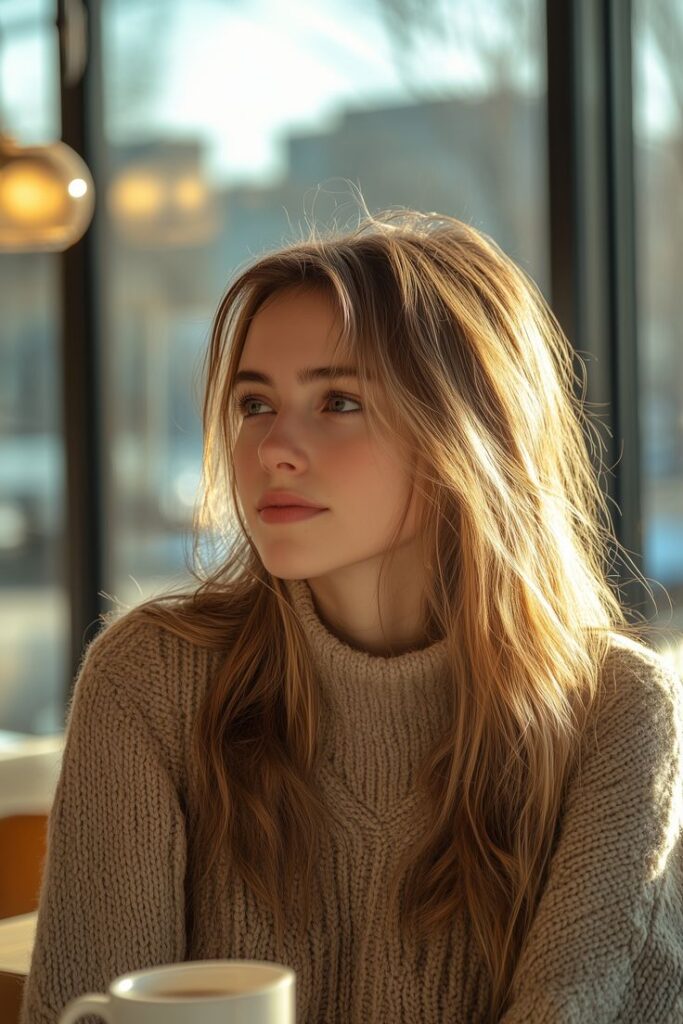

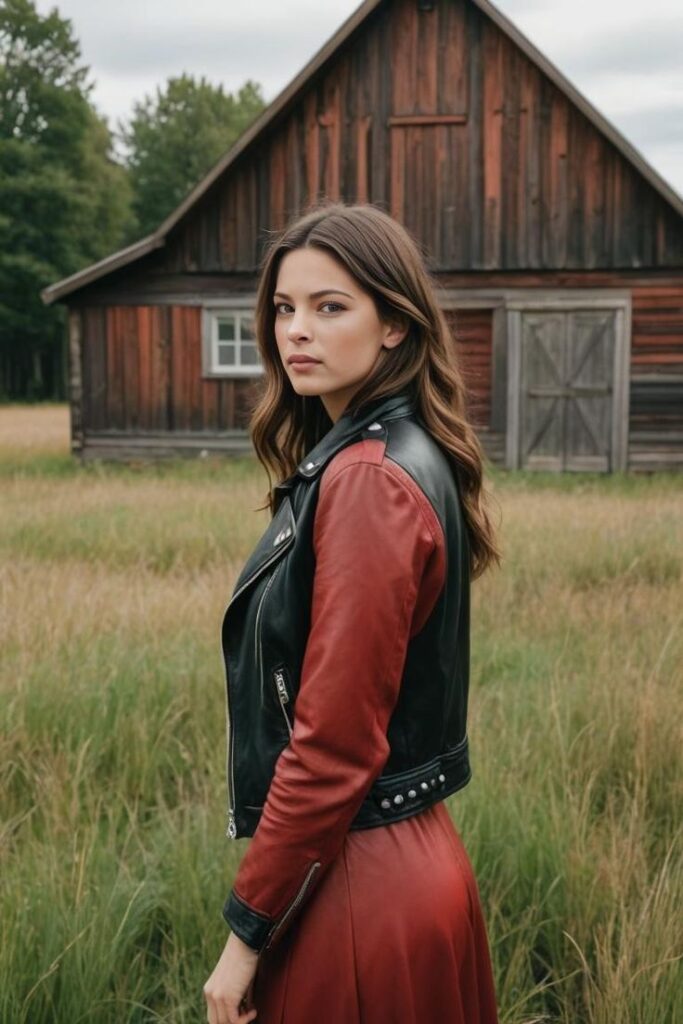
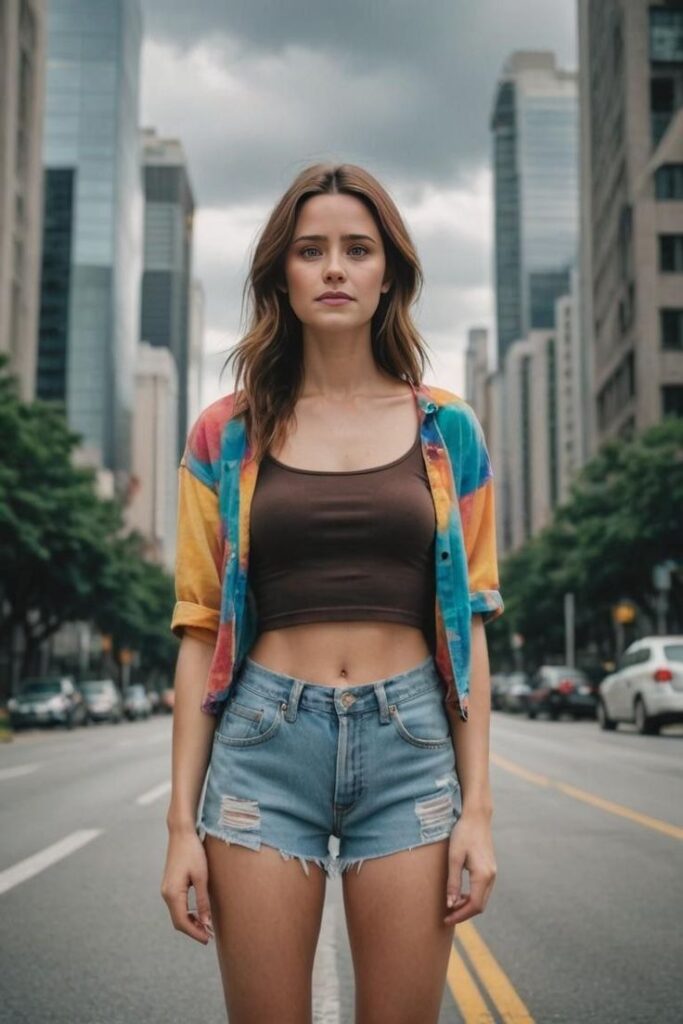
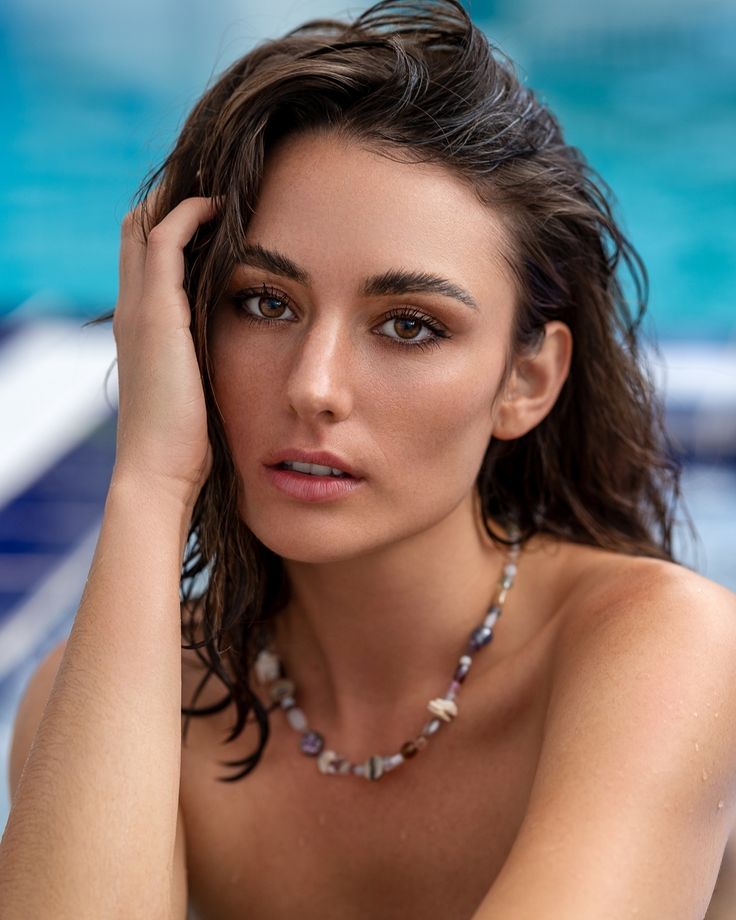
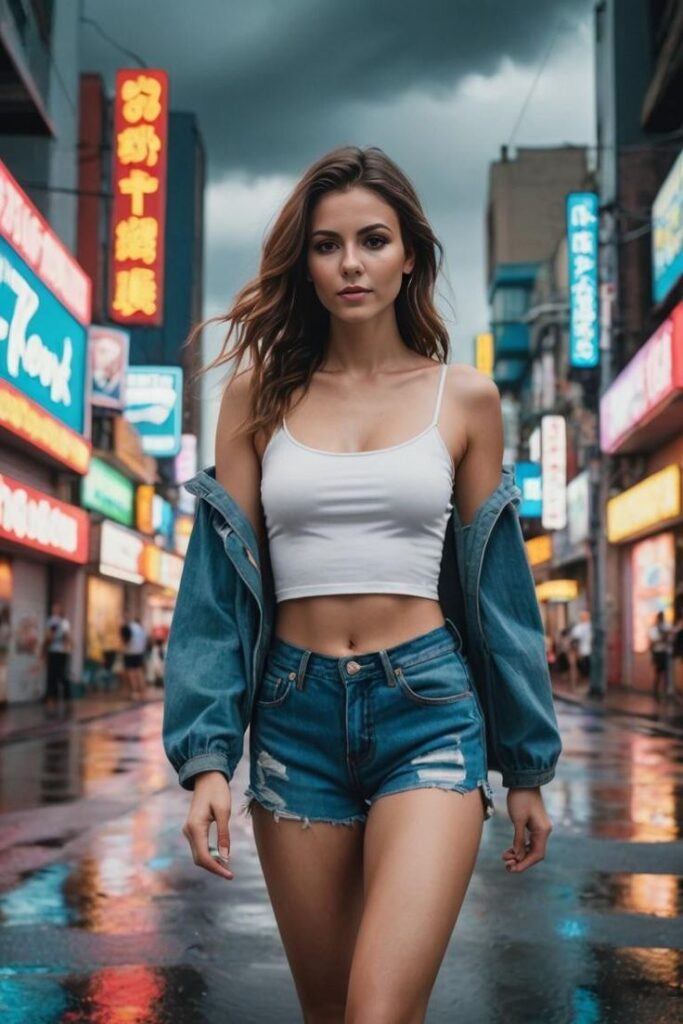
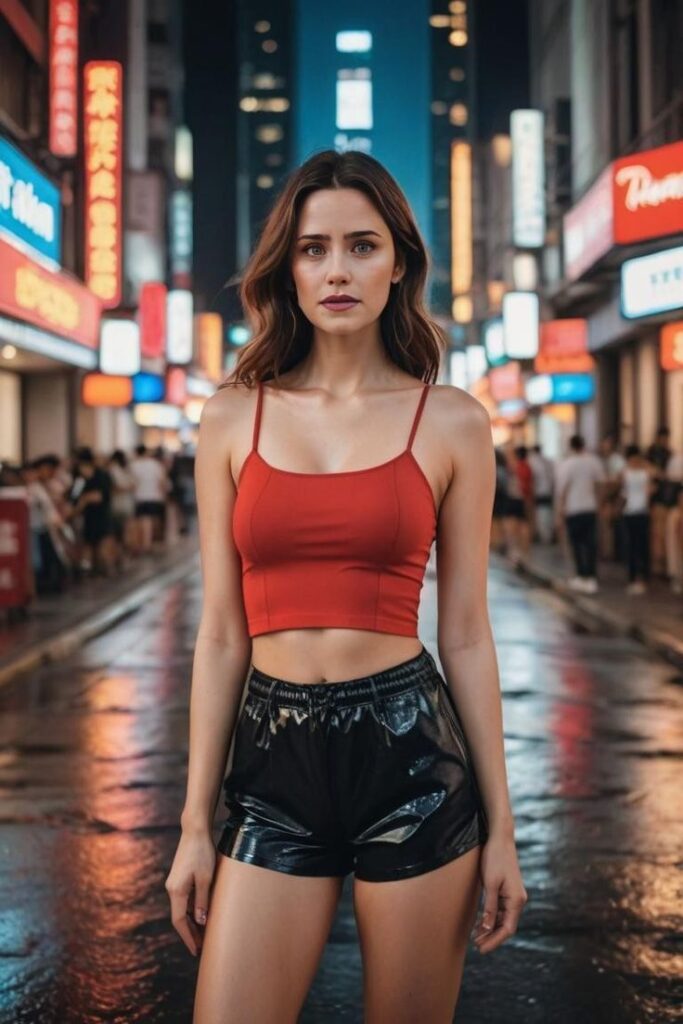
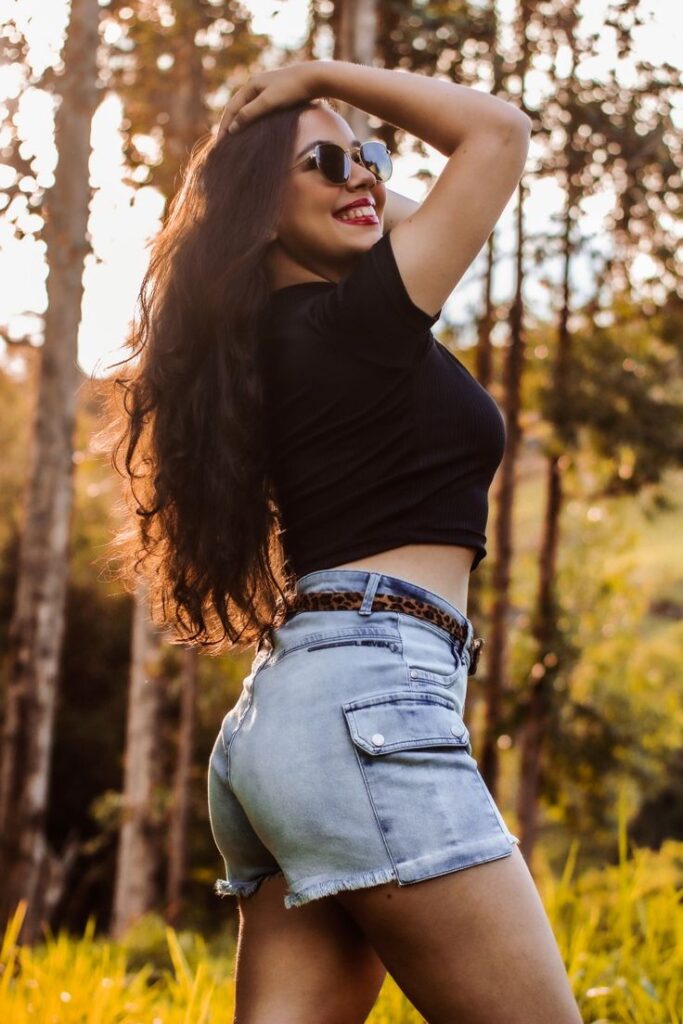

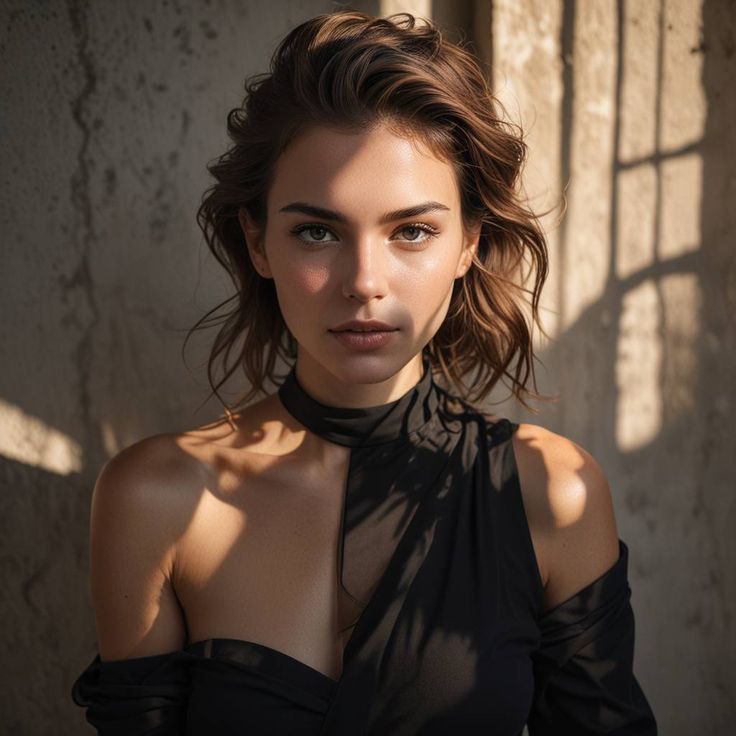
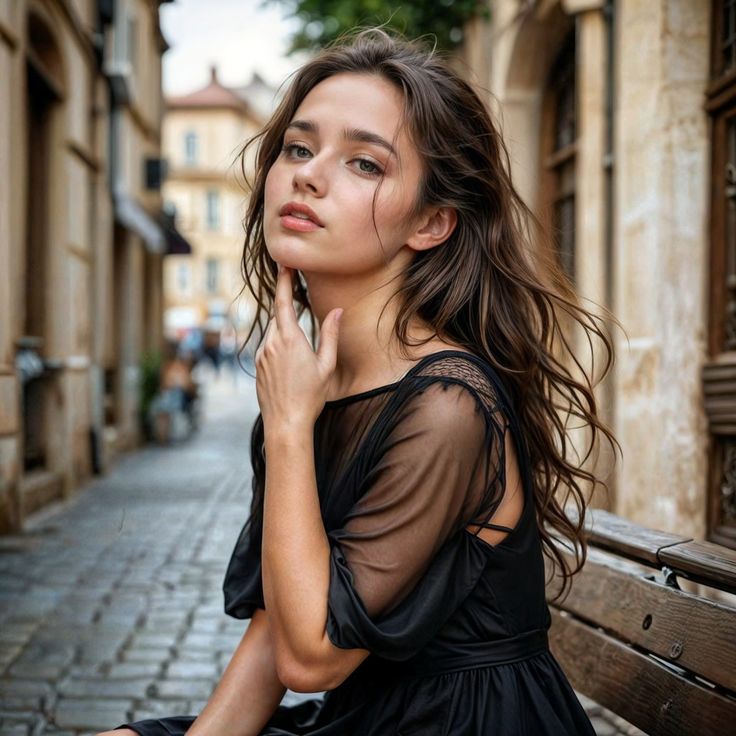
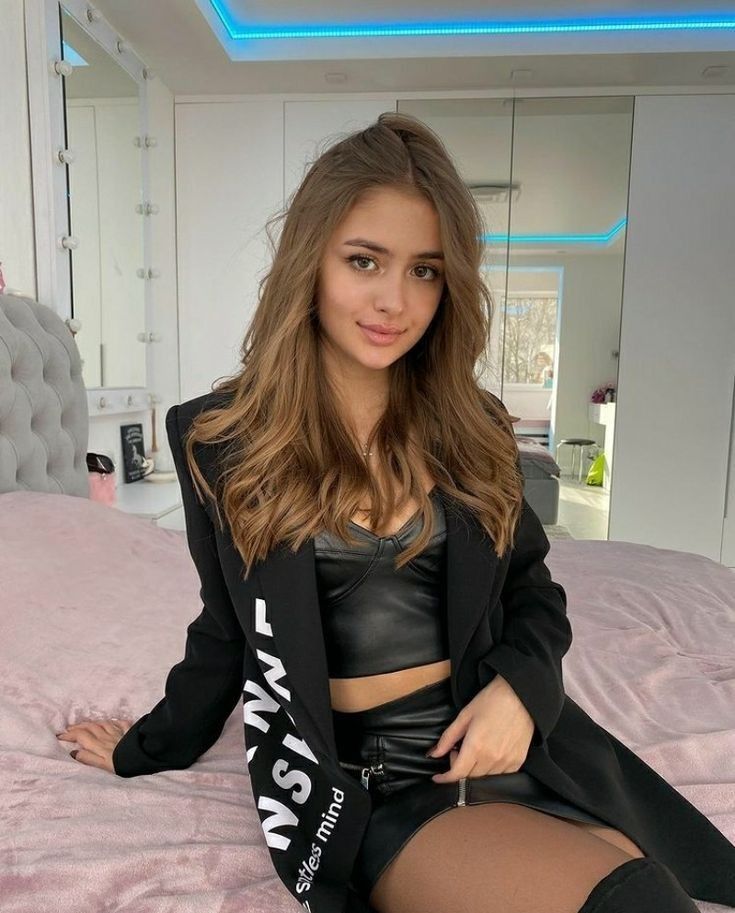

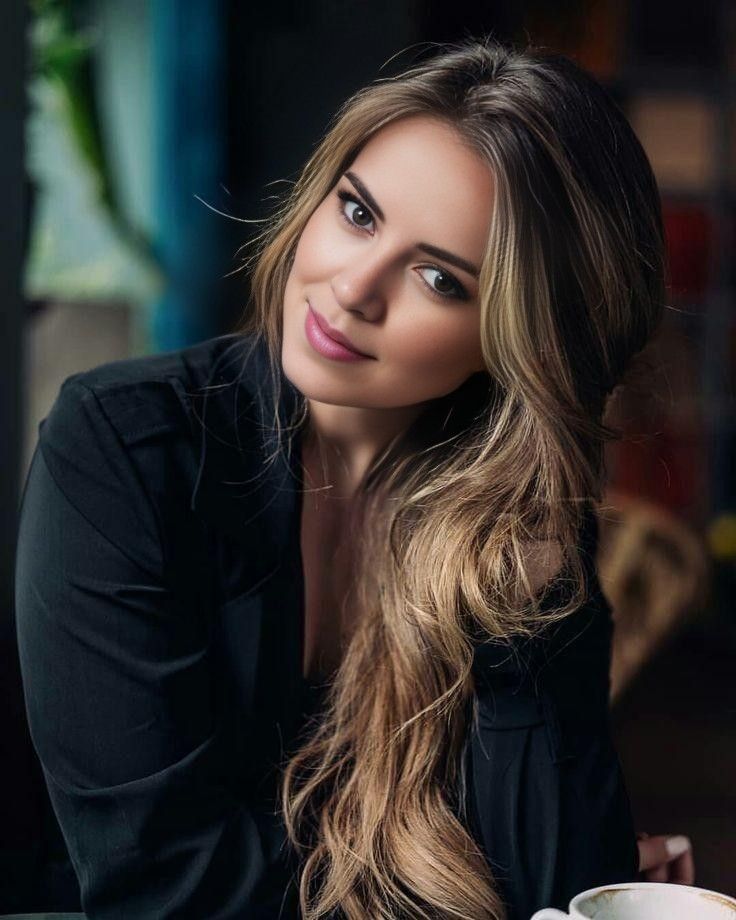
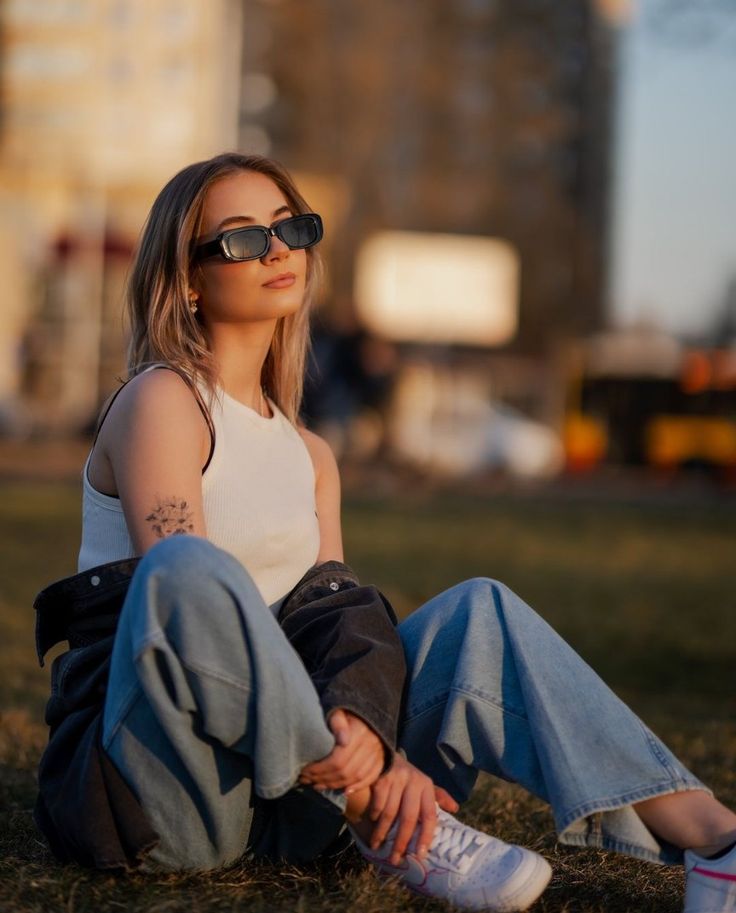
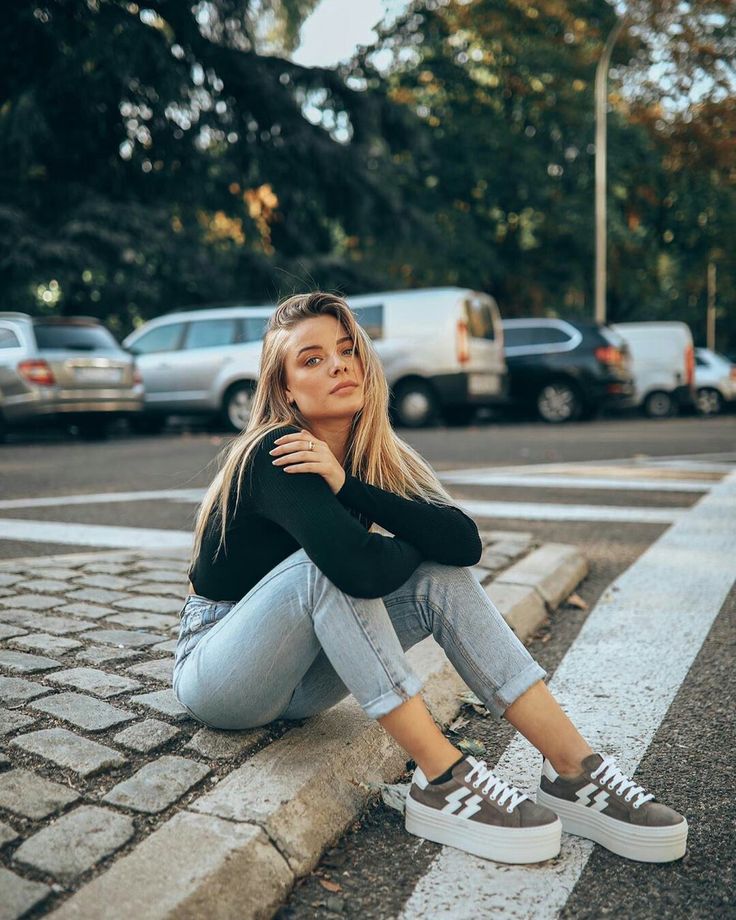
2. Best Locations for Capturing Rajasthani Turban Portraits
Jaipur: A Blend of Heritage and Modernity
- The markets and palaces of Jaipur offer great backdrops.
- Look for shopkeepers, musicians, and street performers wearing traditional turbans.
- Best spots: Johari Bazaar, Amber Fort, and Hawa Mahal streets.
Jodhpur: The Blue City’s Contrasts
- The vibrant turbans stand out beautifully against Jodhpur’s blue walls.
- Visit Mehrangarh Fort for portraits of traditional guards.
- Step into Sardar Market for candid shots of vendors.
Pushkar: The Spiritual and Colorful Hub
- The Pushkar Camel Fair is a goldmine for portrait photographers.
- Capture farmers, traders, and musicians in vibrant headwear.
- Experiment with silhouettes against the lake during sunset.
Jaisalmer: The Desert’s Golden Light
- The Thar Desert creates dramatic lighting for portraits.
- Capture camel herders and folk dancers in traditional turbans.
- Use the golden dunes as a stunning contrast to bold fabrics.
Rural Rajasthan: The Heart of Authentic Portraits
- Visit villages like Barmer and Bundi for intimate, close-up portraits of farmers and artisans.
- Engage with elders whose turbans carry generations of stories.
- Capture daily life, from milking cattle to temple visits.
3. Techniques for Capturing Stunning Portraits of Rajasthani Turbans
Lighting: Enhancing Depth and Texture
- Golden hour (early morning or late afternoon) enhances the rich fabric colors.
- Use side lighting to bring out fabric textures and facial contours.
- For midday shots, find shade or diffused light to avoid harsh shadows.
Composition: Creating a Powerful Frame
- Use leading lines like alleyways or archways to draw attention to the subject.
- Capture tight close-ups to focus on facial expressions and turban details.
- Include cultural elements like temples, carts, or camels in the background.
Lens Choices: Capturing Detail and Emotion
- 50mm prime lens – Perfect for capturing intimate, candid portraits.
- 85mm portrait lens – Best for isolating subjects with a creamy background.
- 24-70mm zoom lens – Ideal for switching between close-ups and wider environmental portraits.
Using Colors to Your Advantage
- Complementary colors like turquoise walls and red turbans create striking contrast.
- Earthy backgrounds, like sandstone forts, make turbans pop.
- Emphasize natural patterns and layers by adjusting saturation in post-processing.
4. Ethical and Respectful Photography Practices in Rajasthan
Building Trust with Your Subjects
- Start a conversation before raising your camera.
- Compliment their attire and ask about their turban’s significance.
- Show them their photo and offer to send them a copy.
When and How to Ask for Permission
- In public spaces, candid shots are fine, but always ask before close-ups.
- Offer a small print or digital copy as a gesture of respect.
Dos and Don’ts in Cultural Photography
✔ Do: Respect personal space.
✔ Do: Understand the cultural significance of turbans before asking questions.
✖ Don’t: Treat people as props; they are individuals with stories.
✖ Don’t: Disrupt religious or private moments.
5. Editing and Post-Processing: Bringing Out the Vibrancy of Rajasthani Turbans
Color Grading for Impactful Images
- Enhance reds, oranges, and yellows while keeping skin tones natural.
- Adjust contrast to make patterns and textures pop.
- Reduce highlights for a balanced exposure in harsh desert light.
Retouching While Keeping Authenticity
- Clean up distractions but avoid excessive skin smoothing.
- Maintain the raw beauty of fabric folds and wrinkles.
6. Creating a Visual Story: The Final Portrait Series
A great portrait series should tell a story. Consider including:
- A wide shot of a marketplace with people in colorful turbans.
- A mid-shot of a craftsman tying a turban.
- A close-up highlighting the intricate folds and textures.
- A black-and-white image focusing on expressions and lines.
Conclusion: Immortalizing Rajasthan’s Turban Culture Through Portrait Photography
Documenting Rajasthani turbans is more than just capturing beautiful fabric—it’s about storytelling, history, and cultural pride. As a portrait photographer, your role is to showcase these elements with authenticity, creativity, and respect.
From bustling markets to remote villages, Rajasthan offers endless opportunities to capture the soul of its people through their iconic turbans. So grab your camera, explore the Pink City, the Golden Desert, and the Blue alleys of Jodhpur, and let your portraits bring history to life.
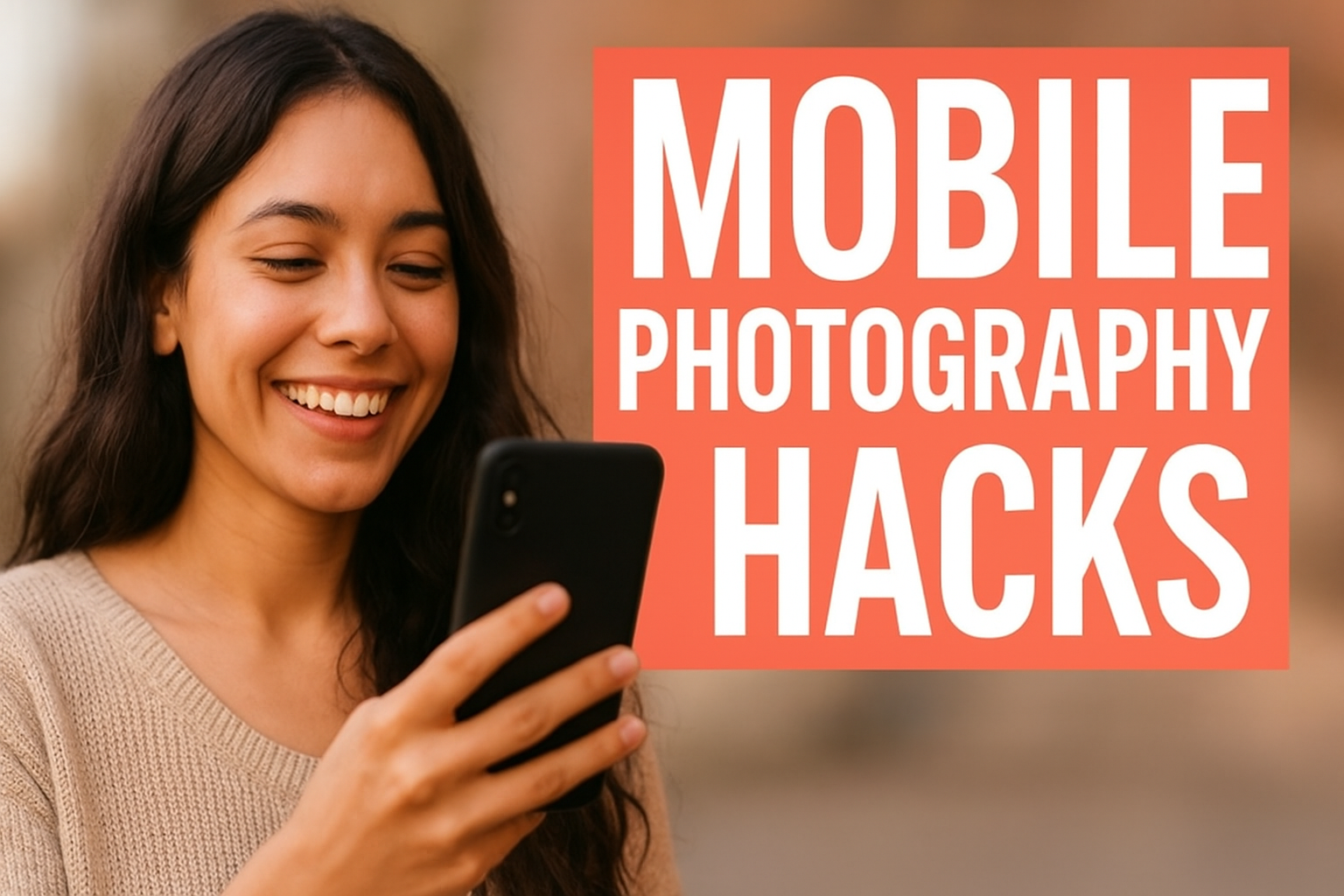
Mobile Photography Hacks: Candid Moments with Your Phone
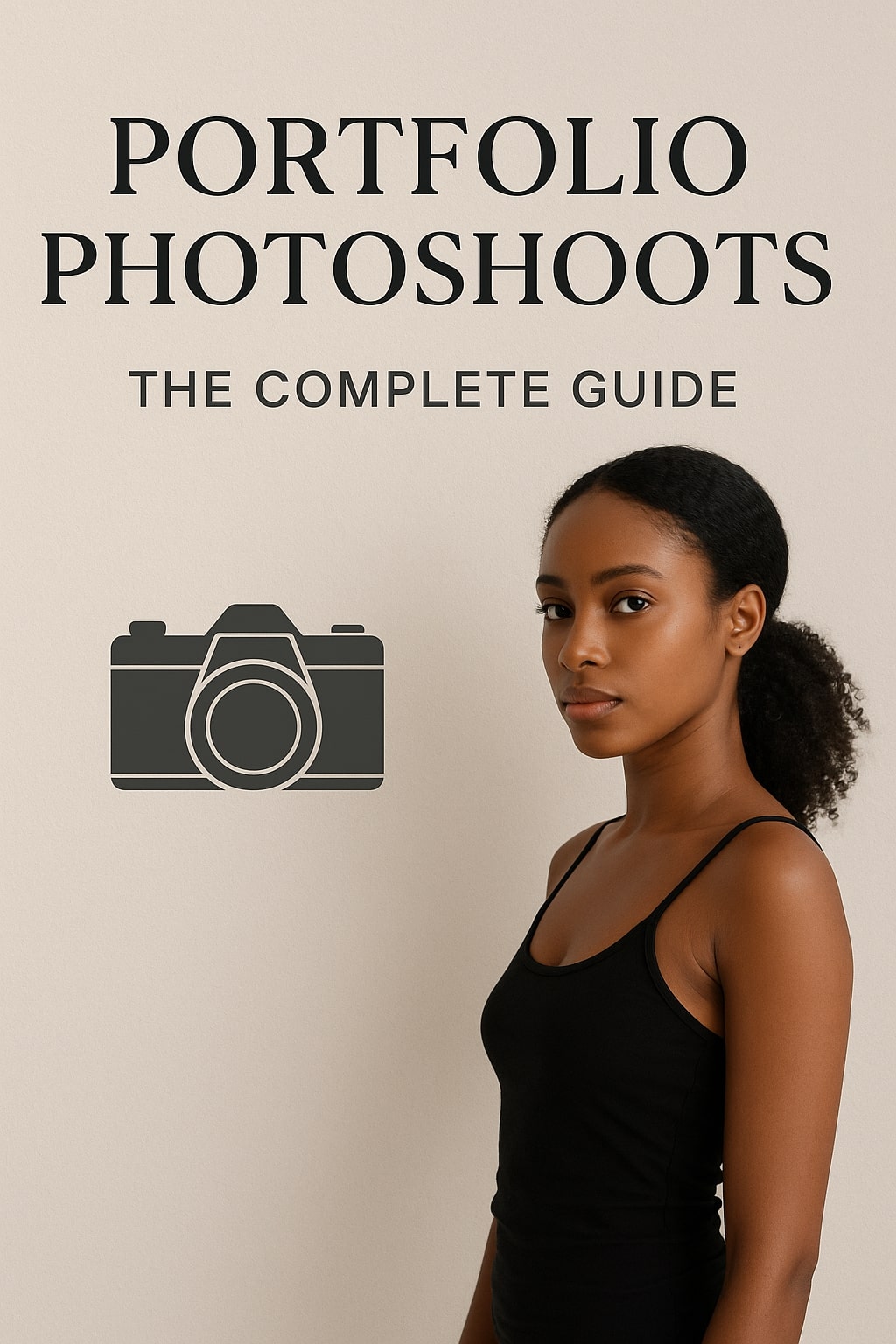
Professional Model & Portfolio Photoshoots: Show Your Best Work
-
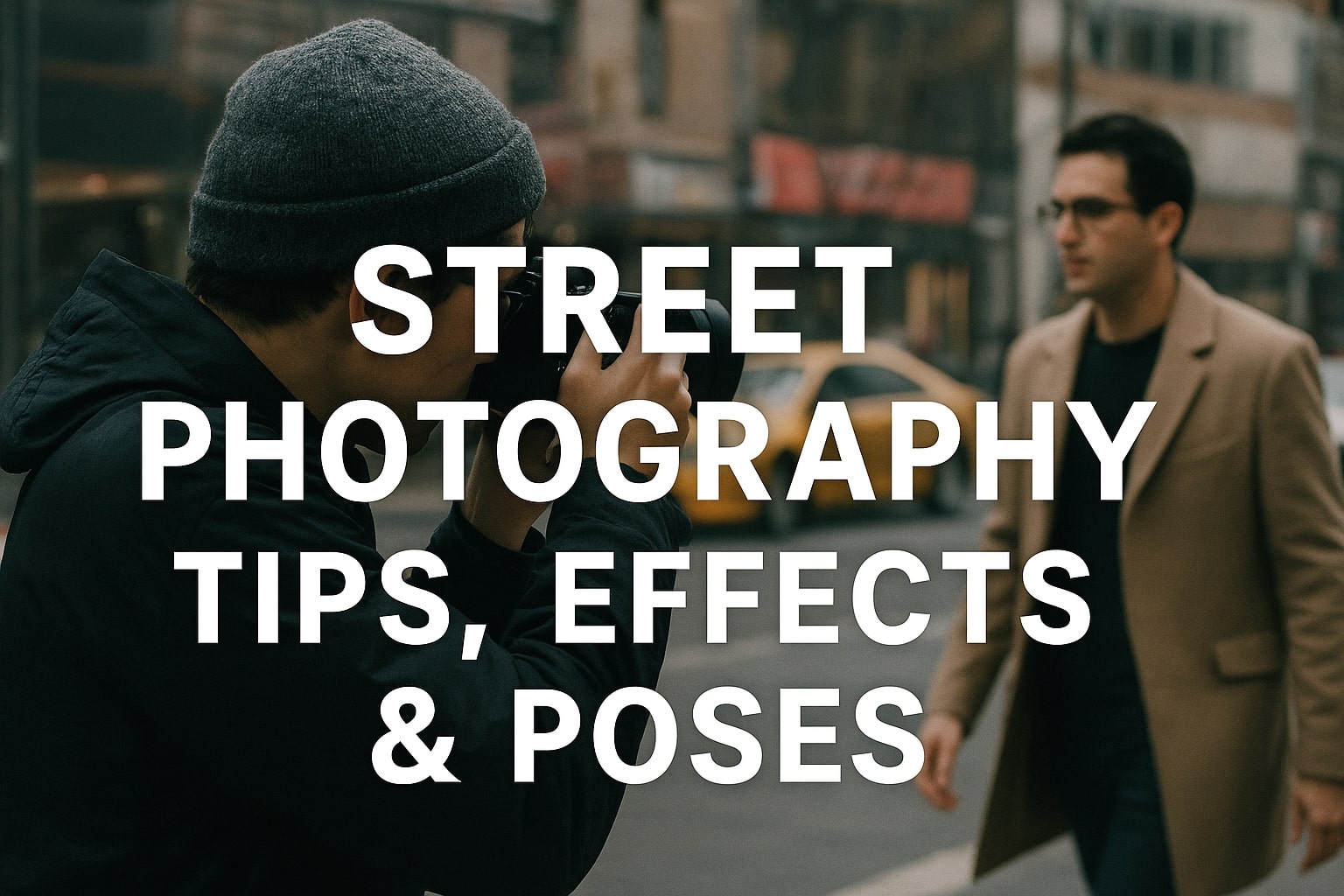
Street Photography Tips, Effects & Poses – Complete Guide
-
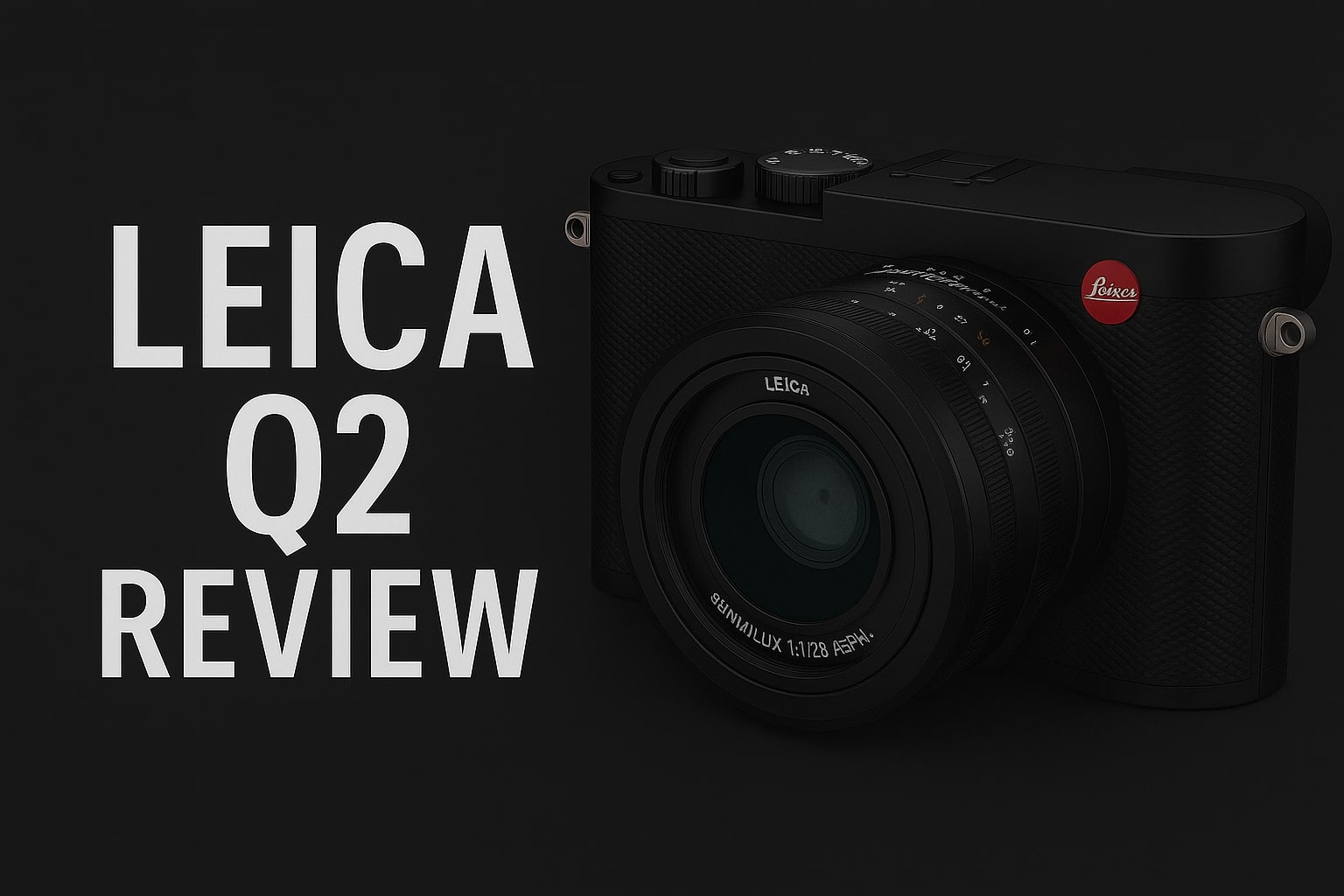
Leica Q2 for Photography: Why It’s Loved by Photographers
Mobile Photography Hacks: Candid Moments with Your Phone
Discover high-impact mobile photography hacks to capture genuine, gorgeous candid moments with your phone. Learn practical tips, composition secrets, and pro techniques to turn everyday scenes into stunning visual stories. Introduction: The New Age of Mobile Photography Photography has evolved beyond heavy cameras, technical jargon, and expensive equipment. Today, the power to capture extraordinary moments
Professional Model & Portfolio Photoshoots: Show Your Best Work
” Discover how to plan, style, and execute stunning portfolio photoshoots that showcase your skills, personality, and versatility. This comprehensive guide covers professional tips, posing ideas, gear suggestions, and industry insights for models and photographers.” Introduction – Why Portfolio Photoshoots Are the Cornerstone of a Photographer’s Career A well-crafted portfolio photoshoot is more than a
Street Photography Tips, Effects & Poses – Complete Guide
Discover the ultimate guide to Street Photography with expert tips, creative effects, and dynamic poses. Learn how to capture authentic urban moments, master composition, and tell powerful visual stories through your lens. Article Outline 1. Introduction to Street Photography Street Photography is more than just taking pictures of people in public spaces — it’s about
Leica Q2 for Photography: Why It’s Loved by Photographers
Introduction: The Cult Status of the Leica Q2 The Leica Q2 is not just a camera—it’s a statement. Combining the heritage of German precision engineering with modern digital excellence, it holds a special place in the hearts of professional and passionate photographers alike. With its full-frame sensor, prime Summilux lens, and minimalist design, the Q2
Top Cameras Under ₹1 Lakh for Freelance Photography
Freelance photography is no longer a niche—it’s a booming creative profession that demands not only vision and hustle but also the right gear. Your camera isn’t just a tool; it’s your storytelling partner. If you’re a freelance photographer aiming to balance performance, versatility, and budget, investing in a cameras under ₹1 lakh can offer the
Top Features of Nikon D850 That Make It Ideal for Photoshoots
Explore the top features of the Nikon D850 that make it a powerhouse for photoshoots. From exceptional resolution to dynamic range, this detailed Nikon D850 guide is built for professional and aspiring photographers. 1. Introduction When Nikon launched the D850, it quickly earned a reputation as a flagship DSLR that redefined what photographers could expect


